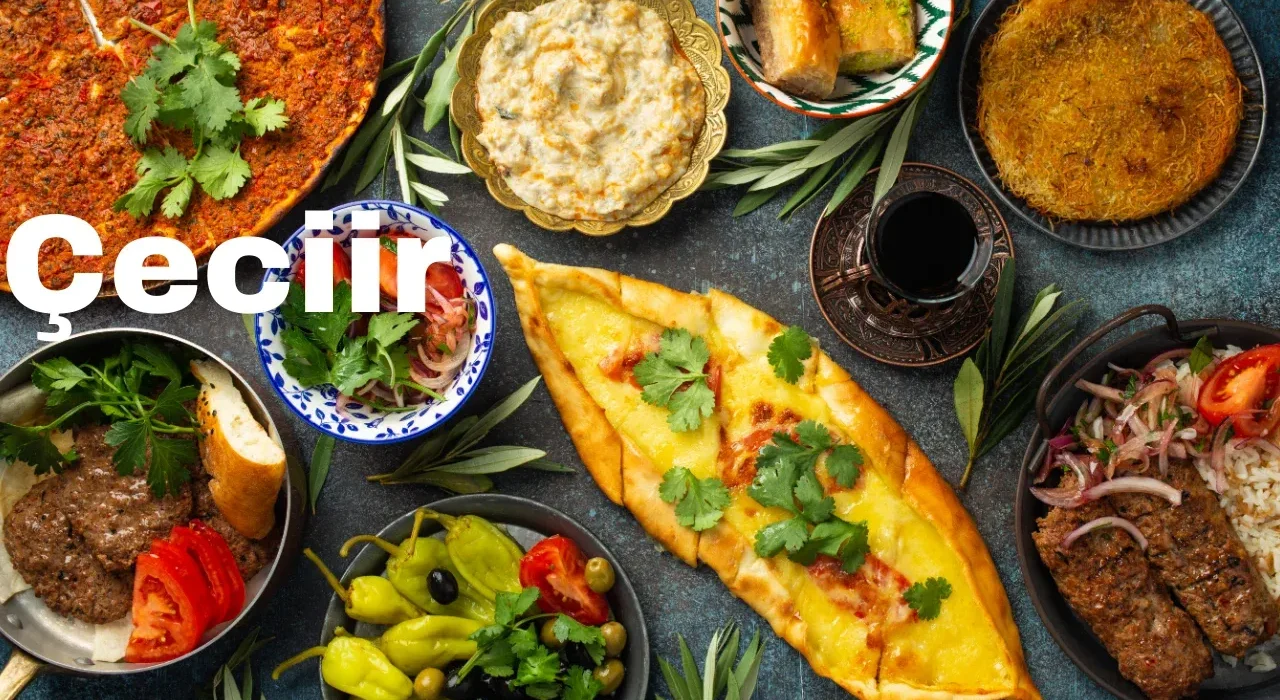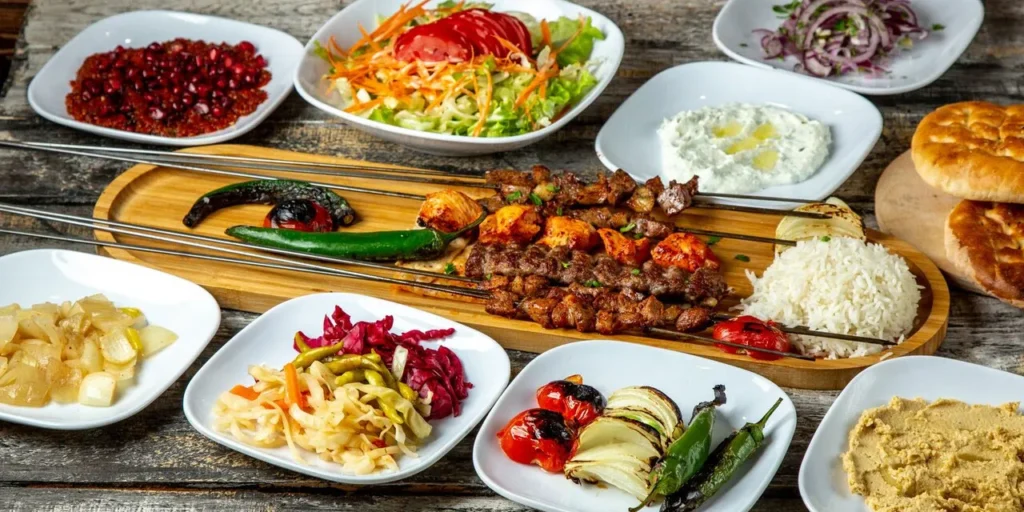Çeciir: The Turkish Tradition Shaping Modern Food Culture

What Is Çeciir? An Introduction
Çeciir represents a standard Turkish ingredient which traditional manufacturers prepare by processing chickpeas. The food similar to falafel and hummus achieves uniqueness because of its particular cooking technologies and local adaptations. The Anatolian family table has included this ingredient for hundreds of years since it serves both as a protein base and main component for various cooking applications including stews and soups and sometimes desserts.
Read: Gary Owens Net Worth
The Turkish linguistic origin of “çeciir” derives directly from the Turkish word for chickpea, nohut. The processing methods for this consist of roasting and grinding or fermentation because these procedures produce distinctive textural qualities linked to flavor differences. The global community now recognizes çeciir due to its multiple uses and nourishing properties.
European and North American culinary experts use çeciir as an ingredient for plant-based food experimentation. The multifunctional characteristic of its enables it to take up spices and smoothly work within both savory and sweet meals which attracts food development professionals.
The History and Origins of Çeciir
Çeciir has a historic heritage rooted in Anatolian civilization which began cultivating chickpeas since 7500 BCE. Ottoman chefs perfected the manufacturing technique which enabled çeciir to survive long distances as a stable food ingredient. Local residents in Turkey’s Aegean region continue to operate stone mill facilities which produce it’s powder by grinding roasted chickpeas.
The nineteenth century established çeciir as an emblem of resourcefulness for people. People depended on it throughout cold seasons because green vegetables were unavailable during those times. Hıdırellez festival represents one of the modern events during which people commemorate Çeciir.
The making process of çeciir differs according to geographical location. The residents along coastal regions combine it with olive oil and spices but people living in interior areas add paprika and cumin to their version. The different styles of prepared foods represent the many flavors found throughout Turkey’s cuisine.
Çeciir in Turkish Culture and Traditions
In Turkish culture, this is more than food—it’s a link to heritage. Grandmothers pass down recipes through generations, often adding personal touches like dried mint or pomegranate molasses. It’s common to serve çeciir at gatherings, symbolizing hospitality.
Despite modernization, many Turks view çeciir as a comfort food. Street vendors in Istanbul sell çeciir köfte (spiced chickpea balls), blending nostalgia with quick, affordable nutrition.
How Çeciir Is Prepared: Recipes and Techniques
Creating çeciir starts with drying and roasting chickpeas. The beans are then ground into a coarse flour, which can be stored for months. To make it’s paste, the flour is mixed with water, lemon juice, and tahini, then whipped into a creamy consistency.
A popular recipe is çeciir çorbası. The paste is simmered with broth, garlic, and yogurt, resulting in a hearty winter dish. For snacks, the flour is shaped into patties and fried, resembling falafel but with a smokier taste.
Modern chefs are reinventing this food. For instance, some blend it into vegan desserts like chocolate mousse, leveraging its nutty flavor to replace dairy.
Modern Uses of Çeciir in Global Cuisine

Beyond Turkey, çeciir is appearing in trendy cafes and health-food stores. In London, restaurants use it as a gluten-free thickener for sauces. Meanwhile, food bloggers praise its sustainability—chickpeas require less water to grow than animal proteins.
A notable example is çeciir tacos, where the paste substitutes meat, topped with pickled vegetables and chili. Similarly, Australian brunch spots offer çeciir pancakes, combining it with maple syrup and fresh fruit.
This global adoption highlights it’s adaptability. However, purists argue that traditional methods must be preserved to maintain authenticity.
Health Benefits of Çeciir
Çeciir is rich in fiber, protein, and iron. A single serving provides 40% of the daily recommended fiber intake, aiding digestion. Its low glycemic index also makes it suitable for diabetics.
Studies suggest that regular consumption of chickpea-based foods like this can reduce cholesterol levels. Additionally, it’s a great source of folate, essential for pregnant women.
However, overconsumption may cause bloating due to its high fiber content. Moderation is key.
Challenges and Adaptations of Çeciir Today
While this food is gaining a popularity, it faces challenges. Commercial production often sacrifices quality for quantity, leading to bland products. Smaller producers struggle to compete with large-scale factories.
To adapt, some brands are marketing organic, stone-ground it as a premium product. Others are collaborating with chefs to create ready-to-eat meals, targeting busy urban consumers. Climate change also poses a threat, as chickpea crops are sensitive to drought.
Key Takeaways
A traditional Turkish ingredient made from chickpeas.
Versatile in both savory and sweet dishes.
Rich in protein, fiber, and essential nutrients.
Gaining global recognition for sustainability.
Requires balancing modern trends with cultural preservation.
FAQs
Q: Is çeciir gluten-free?
A: Yes, it’s naturally gluten-free.
Q: Can I make çeciir at home?
A: Absolutely! Roast chickpeas, grind them, and mix with water or oil.
Q: Where can I buy çeciir outside Turkey?
A: Look for specialty Middle Eastern stores or online retailers.
Q: Does it’s taste like hummus?
A: Similar, but smokier and thicker in texture.
Q: How long does çeciir last?
A: Stored properly, it can last up to 6 months.
Pros and Cons
Pros:
Nutrient-dense and filling.
Adaptable to various cuisines.
Environmentally sustainable crop.
Affordable and easy to store.
Supports local farmers when bought ethically.
Cons:
Can cause bloating if eaten in excess.
Authentic versions are hard to find globally.
Labor-intensive traditional preparation.
Bland taste if poorly processed.
Climate-dependent crop y





